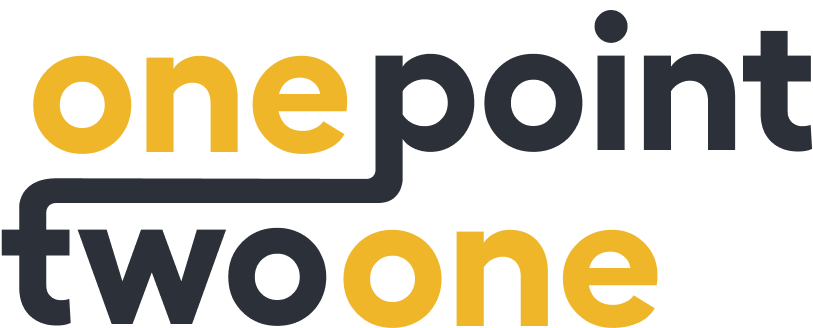Asynchronous brainstorming for remote teams
Whatever product management processes and frameworks you use in your organisation, it’s very likely that at some point, you’ll need to do a round of brainstorming to come up with several ideas to address a customer pain point or need that you’ve identified. Here’s 4 tips to help you run those sessions asynchronously, without a single video call - especially useful in the context of a fully remote, distributed team! - and how you can avoid it being dominated by one or two loud voices.
Tip 1 - Set context
For a remote team, spread across multiple time zones, articulate and concise written communication is likely to be a well-developed part of your culture. For the group that you’re looking to involve in the brainstorm, make sure that you’ve briefed them in advance of when you plan to run the brainstorm. Share notes explaining the customer problem, make sure the async brainstorm process is well understood and invite questions to make sure everyone is starting from a shared understanding.
Tip 2 - Get visual and use video
Make sure that everyone draws out a visual representation of their idea or ideas. This is super important - forcing people to share their thinking visually will allow everyone to more quickly understand the ideas. Allow people to use whatever medium they are comfortable with - sketching on pen and paper, using a tablet drawing app like Concepts, a whiteboarding app like Miro, or perhaps a full-blown design tool like Sketch or Figma. You’re obviously not looking for high fidelity, you just want to minimise the barrier to participate.
Ask people to record a short video for each one of their ideas, in which they show their sketches and talk through their thinking. Using something like Loom or Slack video clips is perfect for this, though whatever tools your organisation already has in place should be fine!
NB. Make sure people record separate videos for each idea. Not only will it be easier for you to organise and revisit afterwards, but several common video clip platforms also have time limits on video length, so this minimises the risk that your participants have to rush to explain several ideas in a 3-minute clip!
Tip 3 - Scheduled sharing
It’s important to avoid ideas coalescing around whatever is shared first, so that the different perspectives that your group possess have a chance to shine through in the creativity of their own ideas. After all, there’s a reason you’re doing a brainstorm with a group, right?
Team communication app like Slack have features that allow you to schedule messages to send at a later time, rather than immediately. When briefing your group, explain how to use the scheduled message feature in your team’s communications app, and set a time for sharing the first round of idea videos. Make sure you account for different time zones, and give everyone enough time to fit some idea generation into some point during their working day l. As an example, in my team, giving everyone 24 hours after sharing the brief feels like the right schedule. By doing this, you’ll also have a great moment to look forward to as the videos start rolling in and you can see what people have been up to!
Tip 4 - Do multiple rounds
Research shows that people’s first ideas do not tend to be their best ideas. Once everyone has had a chance to see the first round of ideas, it’s extremely likely that they’ll be inspired to come up with something even better - either a variation of their original idea, or something that builds on something else they’ve seen.
Once the first round of idea videos have been shared, remind your group of this and that you’re not yet at the point of eliminating ideas from consideration. Give people a chance to watch the videos, ask clarification questions, and set another deadline to schedule another round of idea videos.
You can repeat the process as often as you think is reasonable, based on how many people are in your group, how spread out you are, and how well the first two rounds go. If you are all in similar time zones, then you might have time to squeeze in more than two rounds. If there are 8 hours or more of time difference between people, you’ll probably have to give a full day for each round and therefore run fewer rounds.
Wrap up
Hope this helps you and your team migrate your team brainstorming workflows to a more remote-friendly, asynchronous process, whilst still achieving effective results. Hit me up on Twitter with any questions / comments on this post, to chat product or just say hi!
